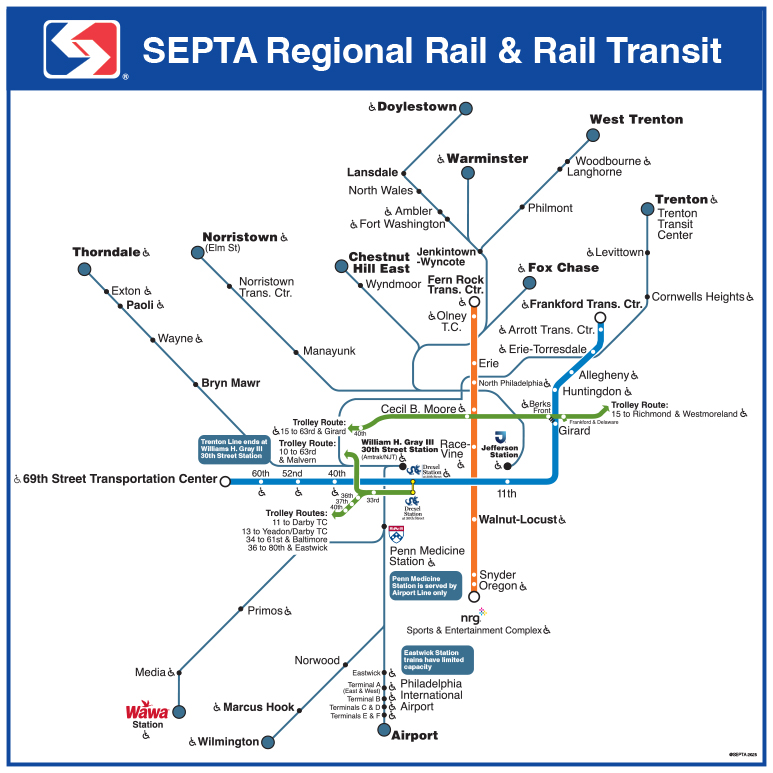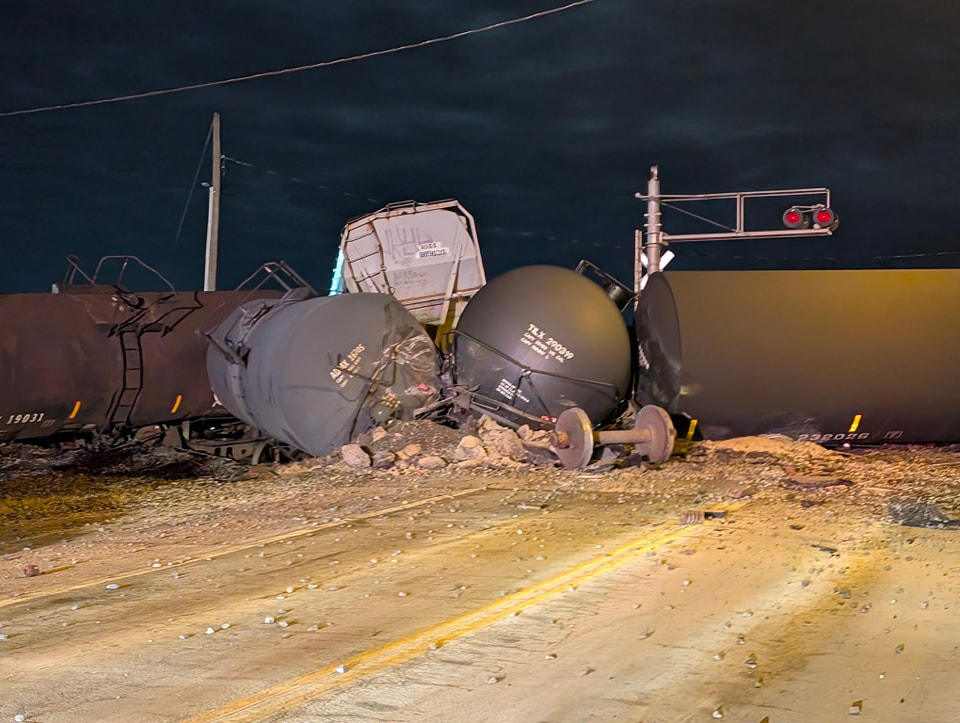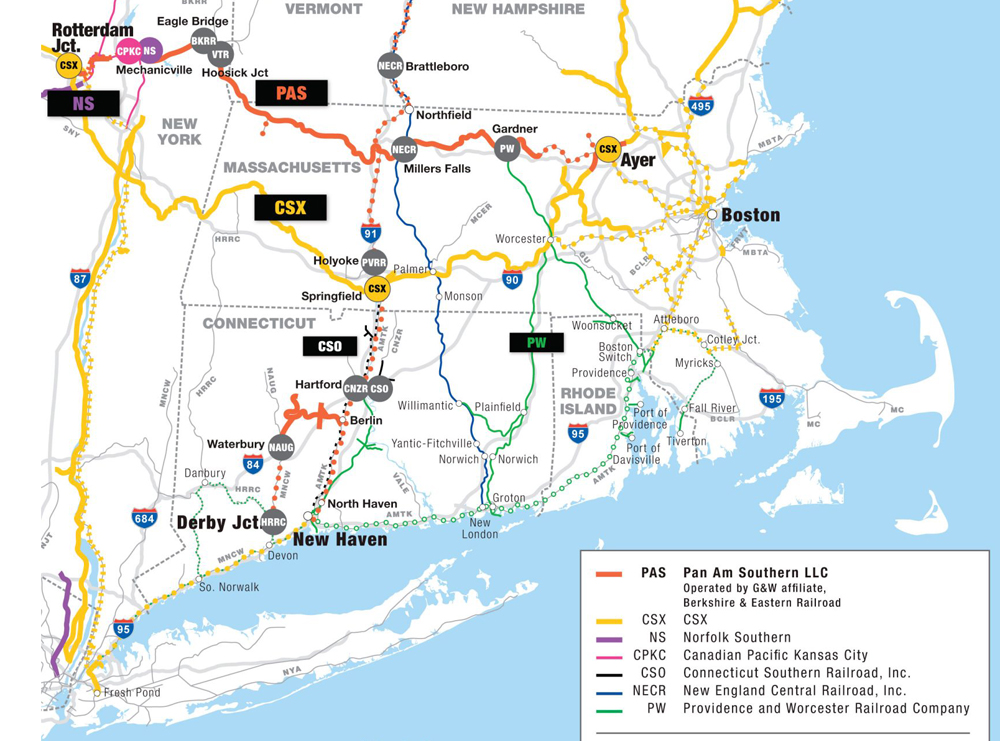SEATTLE — Sound Transit has removed its safety director from that job in the wake of an internally commissioned report on the December 2017 derailment of an Amtrak train on its line that killed three passengers.
Peter Rogoff, the regional transit agency’s chief executive, also said in a memo issued Wednesday that Amtrak service on the Point Defiance Bypass route won’t be reinstated until Sound Transit verifies “that all necessary changes” have been made, and that the agency will not assume, but rather rigorously verify” that Amtrak training and testing are adequate, and that its general orders “have been appropriately amended to reflect operations on Sound Transit track.”
The derailment of a southbound Amtrak Cascades train near DuPont, Wash., occurred on the first revenue run on the bypass, owned by Sound Transit. [See “ ‘Amtrak Cascades’ train derails onto Washington highway,” Trains News Wire, Dec. 18, 2017.] A National Transportation Safety Board investigation found the train was traveling 79 mph as it entered a curve with a posted speed limit of 30 mph, and issued a lengthy set of recommendations for Amtrak, Sound Transit, the Washington State Department of Transportation, the Federal Railroad Administration, and equipment maker Talgo. [See “National Transportation Safety Board says multiple state and federal agencies failed in 2017 Washington state crash,” Trains News Wire, May 21, 2019.]
Sound Transit commissioned its own review, by Oregon-based L & H Consulting Group, and Rogoff said “the findings are sobering.” Among the preventable errors it cited:
— A project-specific Safety and Security Management Plan was not prepared for the Point Defiance Bypass.
— Pre-revenue simulated service was not fully performed as required by Sound Transit policy.
— Proposed hazard mitigations were not appropriately briefed and the safety certification package was not submitted to the responsible group for final approval and ultimate sign-off by the CEO.
— Responsibilities as the host railroad were not sufficiently understood.
— Sound Transit staff wrongly believed that WSDOT, not Sound Transit, was responsible for overseeing all activities related to Amtrak training and qualifications.
“These findings and recommendations all relate to the fact that while Sound Transit does not operate any of our own rail service in the area of the derailment, as the owner of the track, we carry important safety certification and oversight responsibilities,” Rogoff said.
Rogoff said the consultant’s report reinforced a conclusion in the NTSB’s investigation that the involvement of multiple agencies contributed to confusion over responsibility for safety. While Sound Transit owns the line, the state DOT funded improvements for the route and contracted with Amtrak to operate there.
“The consultant could find no similar situation elsewhere in the United States,” Rogoff said. “Despite this extremely unique framework, it was Sound Transit’s responsibility as the host railroad to identify, execute, and enforce certain discrete safety-related functions.”
The report included 22 recommendations, Rogoff’s memo said, and Sound Transit has already addressed some, including turning on PTC on the bypass, revising its crew timetable to include a crew focus zone for Amtrak train crews as well as Sound Transit’s crews, and setting up graduated speed restrictions approaching the curve, going from 79 mph to 50 mph to 30 mph, along with more signage. “The others are in various stages of development” he said. “We intend to implement all 22 recommendations fully and promptly.”
While Rogoff announced Salah Al-Tamimi has been removed from the position of chief safety and quality assurance officer, a spokesman said it’s possible he could remain at Sound Transit in a junior role in another department. The agency is splitting the safety and quality management functions. Moises Gutierrez was named interim chief safety officer, with a national search planned to fill the job on a permanent basis. The position will report directly to Rogoff.
“I continue to have confidence in Sound Transit’s practices in certifying the safety of services we operate,” Rogoff wrote. “But our reforms will not only remedy deficiencies in our safety certification of Amtrak’s Cascades service. They will further strengthen our already successful track record in certifying and commissioning Link light rail expansions.”















As I stated from the armchair after the accident, “Sound Transit does not have a safety culture inside the organization”. Expedience was their catapult and no one wanted to stand in the way.
As for the ST Safety Exec who was dismissed, it was their job to stand up and say “hey, we are missing something” even if they wasn’t on the hook for it.
I don’t want anyone to lose their job if I can help it, but it was the person’s job to insure those safety roles were clearly defined and addressed.
Now the big question is checking out the safety standards for the rest of the Sound Transit network. What else is missing?
How does Amtrak continue to evade any sense of responsibility over this needless wreck?
Why within the maze of Amtrak’s self-protective maze of bureaucracy-starting with the Board Chair, CEO, and EVPs, did no one walk the gangplank for the knowledge of a perpetually failed safety culture to allow totally insufficient training over the new route of T&E crew to save funds; to tolerate travel over a new infrastructure without PTC; to accept the lack of improving the steep grade?
For those at the top first in line for annual bonus, to pump-up their time prior to retirement, or, on the Board to benefit from real estate deals, certainly their should have been a meaningful sense of accountability–beyond a shrug of shoulders and pointing at the next management level below them. And whatever happened to oversight by Congress?
Interesting. The derailment of Pennsylvania Railroad train 733, the Broker from Jersey City to Bay Head NJ, with K4s 2445 on February 6, 1951, also represented an otherwise fast train derailing on a reduced speed curve at night. In NJ, a curving shoofly had been installed that afternoon with a 25 mph speed restriction and this was to be No. 733’s first trip over the bypass. The train did not slow for the curve and derailed with 85 fatalities. The “first trip over the reduced-speed curve” siimilarity reminded me of the previous accident.
@W Cook, it was a qualifying conductor, not a student engineer that was in the cab.
My recollection was that the engineer only had training a night, not during the day. I believe this accident undermines the arguments two people in the cab are safer than one. The qualifying conductor should have been incredibly engaged-He was learning the territory. Timetable out, asking questions, observing signs. Was he? Don’t know, the fact the accident happened says something.
Other than eliminating the curve, everything except PTC are band aids to preventing this accident. @Andrew Selden suggests a restricting signal. There was a sign, engineer missed it. How would a signal be different?
I have seen some in cab videos, not this incident. You’d be surprised how normal they are. I had assumed there would be something obvious, but there isn’t. There is a guy who appears to be paying attention, and then oops, I ran by a signal.
Whatever organization has the responsibility to actually operate the equipment in my opinion has the first line duty to run the train in a safe manner. I believe the crew were Amtrak employees. Other agencies certainly had/have liability. Decision making was tubular and with no single person with authority over the entire project.
This guy could probably find a high level safety job at the MBTA in Boston.
Let’s see. Amtrak owns and operates a passenger train, and is the sole passenger operator on the route.BNSF operates occasional (maybe twice per week) local freight operations, and Tacoma Rail operates twice a week local freight operations. Sound Transit oens teh track, but does not operate,and WaDOT provided funding and had project design and construction responsibility. Tacoma Rail provided supervision for qualification rides by the Amtrak engineers.
Seems simple enough. What could possibly go wrong?
Let the scapegoating begin.
It’s all too predictable that Sound Transit would sack a safety bureaucrat but not own up to its own institutional failures in this sad debacle, starting with its failure to mitigate an inherently hazardous track design, and its failure to post adequate speed restrictions and a permanently-restricting signal indication, and its failure to prohibit revenue service before the PTC was activated.
Somewhere in heaven my friends Jim Hamre and Zach Wilhoite (who died on the doomed train) are looking down with wonder that it has taken over two years to reach even this state of response. Alas!
Did they ever identify who was actually in the engineer’s seat? Why assign a qualifying student engineer when the real engineer was not even qualified on that route with no night time runs. The cab had cameras but no video has ever been released, so what are they hiding, after all these years?
you-know-what always flows downhill!